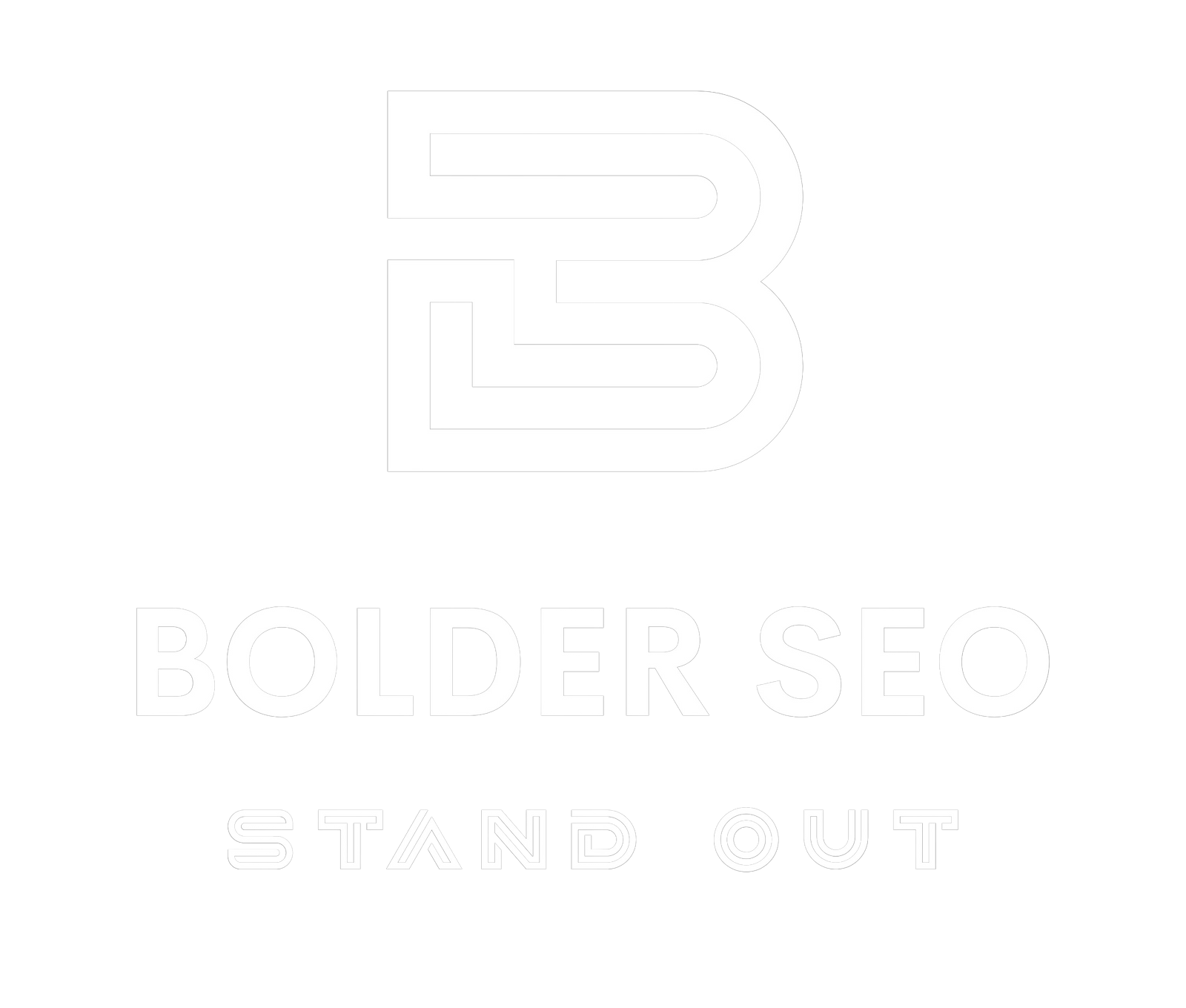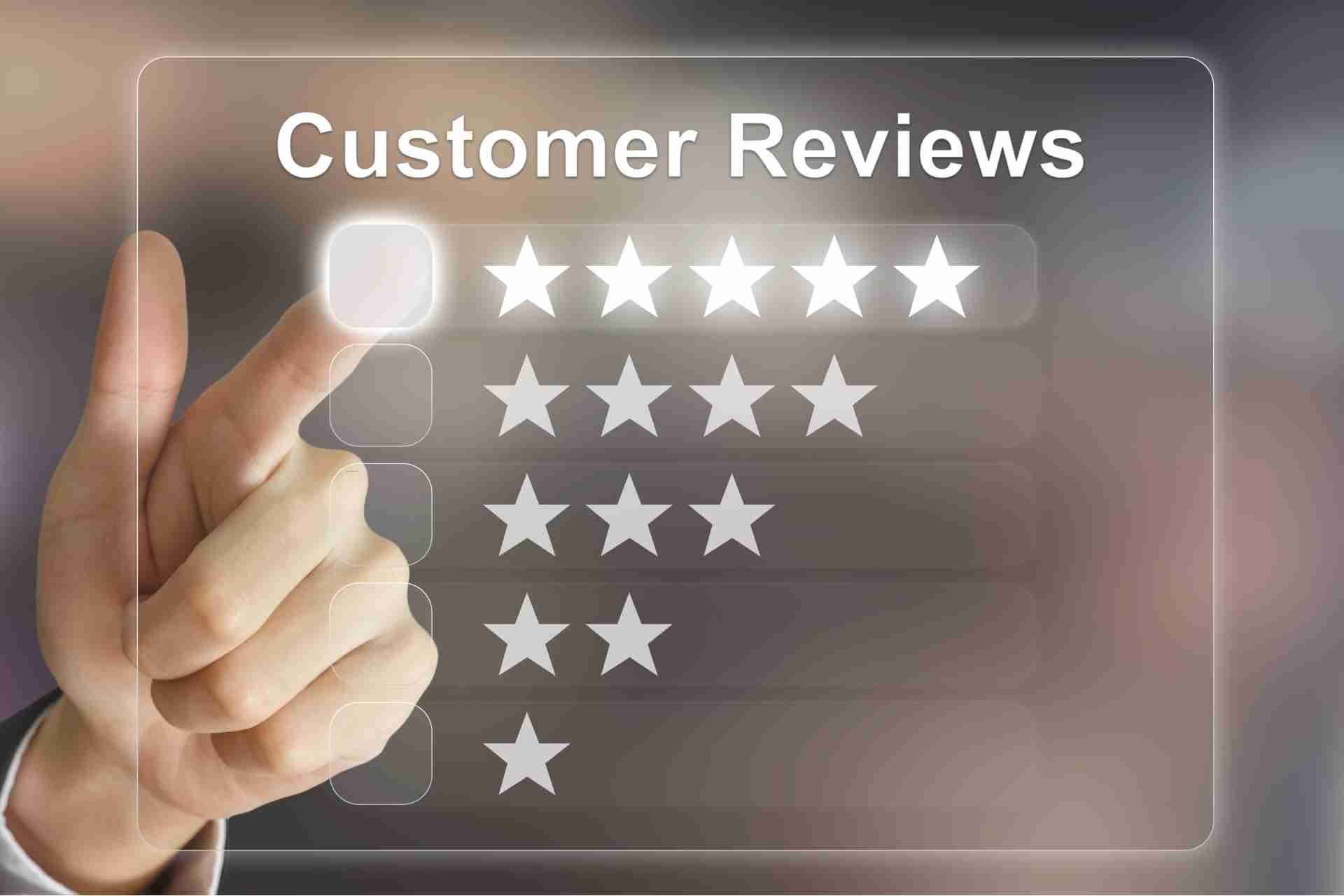Effective Strategies When Branding a Small Business

When it comes to branding your small business, understanding your audience is essential. You need to define what sets you apart and craft a story that truly connects. A strong visual identity can make a lasting impression, but that’s just the beginning. How do you ensure your message remains consistent while building relationships? Let’s explore the strategies that can elevate your brand and keep it relevant in today’s competitive landscape.
Understanding Your Target Audience
How well do you really know your target audience? Understanding them is crucial for your branding strategy. Start by gathering demographic information like age, gender, and location. This data helps you identify who your ideal customers are.
Next, dive deeper into their interests, needs, and pain points. What drives their purchasing decisions? Engage with them through surveys or social media to gather insights directly.
Pay attention to the language they use and the platforms they prefer; this will shape your messaging. Remember, it’s not just about selling a product but connecting on a personal level.
Defining Your Unique Value Proposition
To stand out in a crowded marketplace, defining your unique value proposition (UVP) is essential. Your UVP communicates what makes your business different and why customers should choose you over competitors.
Start by identifying the key benefits your products or services offer. Ask yourself: What problems do you solve? What needs do you meet?
Next, consider your target audience’s pain points and preferences. This insight will help you tailor your message to resonate with them. Ensure your UVP is clear, concise, and memorable.
Don’t hesitate to test different versions until you find one that clicks. Remember, a strong UVP not only attracts customers but also builds loyalty, making it a cornerstone of your branding strategy.
Crafting a Memorable Brand Story
What makes your brand story unforgettable? It’s all about authenticity and connection.
Start by sharing the journey that led you to create your business. Highlight the challenges you faced and how they shaped your mission.
Use relatable language that resonates with your audience. Incorporate elements of emotion—joy, struggle, or passion—to draw them in.
Developing a Cohesive Visual Identity
A strong visual identity acts as the face of your brand, instantly communicating your values and personality. To develop this identity, start with a memorable logo that reflects your business essence.
Choose a color palette that resonates with your target audience; colors evoke emotions and can significantly impact perception. Select typography that aligns with your brand voice—whether it’s modern, classic, or playful.
Consistently applying these elements across all your marketing materials, from business cards to social media graphics, reinforces your brand image. Remember to consider imagery as well; photos and illustrations should complement your overall look.
Creating Consistent Messaging Across Platforms
While building a strong brand image, it's crucial to ensure your messaging remains consistent across all platforms.
Start by defining your brand's core values and key messages. This clarity will guide your communication, whether you're writing a website copy, crafting an email, or posting on social media.
Use the same tone and language style to create a unified voice that resonates with your audience. Don’t forget to adapt your content to fit each platform’s unique features while keeping the core message intact.
Regularly review your materials to ensure everything aligns with your brand's identity. By doing this, you’ll foster trust and recognition, making it easier for customers to connect with your small business no matter where they encounter you.
Leveraging Social Media for Brand Awareness
As you navigate the digital landscape, leveraging social media can significantly boost your brand awareness. Start by identifying which platforms your target audience frequents.
Create engaging content that reflects your brand’s personality and values. Use eye-catching visuals and concise messaging to capture attention quickly. Consistency is key; post regularly to keep your brand top-of-mind.
Utilize hashtags to increase your reach and encourage user-generated content to foster community involvement. Collaborate with influencers who align with your brand to tap into their follower base.
Monitor your analytics to understand what resonates with your audience, and adjust your strategy accordingly. By effectively utilizing social media, you can create a vibrant online presence that elevates your brand and attracts new customers.
Building Customer Relationships Through Engagement
Building strong customer relationships is essential for any small business looking to thrive in a competitive market. Engaging with your customers goes beyond just selling products; it’s about creating a community.
Start by actively responding to comments and messages on social media, showing that you value their input. Host events or webinars to connect and share your expertise, making customers feel involved. Encourage feedback and use it to improve your offerings.
Personalized emails and loyalty programs also help in making customers feel special. Remember, the more you engage, the more likely customers are to return and recommend your business.
Building these relationships fosters trust and loyalty, ensuring your brand stands out in their minds.
Utilizing Influencer Partnerships for Exposure
Engaging with your customers is just the beginning of expanding your brand's reach. One powerful strategy is to leverage influencer partnerships. Collaborating with influencers who align with your brand values can help you tap into their established audience.
Choose influencers whose followers reflect your target demographic, ensuring authentic connections. Start by reaching out to micro-influencers; they often have higher engagement rates and more personal connections with their followers.
Offer them products or services in exchange for honest reviews or social media posts. This not only boosts your visibility but also builds credibility.
Track the performance of these partnerships through engagement metrics, and don’t hesitate to adjust your approach based on what resonates best with your audience. This can lead to meaningful exposure and growth for your business.
Monitoring and Adapting Your Brand Strategy
While you've established your brand strategy, continuous monitoring and adaptation are essential for long-term success.
Keep an eye on industry trends, consumer feedback, and competitor movements. Regularly check your social media engagement, website analytics, and sales data to identify what’s working and what’s not.
Don’t hesitate to pivot your approach based on these insights. For instance, if a particular campaign resonates well, consider amplifying it. Conversely, if something isn’t getting traction, be quick to reassess and adjust.
Engage with your audience to understand their needs and preferences better. This proactive stance not only strengthens your brand but also positions you to respond effectively to changes in the market, ensuring your brand remains relevant and effective.
Measuring Brand Success and Impact
To truly gauge the effectiveness of your branding efforts, you need to measure your brand's success and impact. Start by tracking key metrics like brand awareness, customer engagement, and sales growth.
Utilize surveys and feedback tools to gather insights from your audience—this helps you understand how they perceive your brand. Social media analytics can also reveal how well your content resonates with followers.
Don’t forget to analyze website traffic and conversion rates, as they indicate how your branding drives customer actions. Lastly, set specific goals and compare your progress against them regularly.
Conclusion
In branding your small business, remember that understanding your audience and crafting a unique value proposition are key. Share your brand story to forge emotional connections and develop a strong visual identity for recognition. Consistency across platforms boosts your messaging impact. Engage with customers to build lasting relationships, and don’t hesitate to leverage influencer partnerships for greater exposure. Finally, always monitor your brand’s performance, adapt as needed, and measure your success to ensure long-term growth.






